Explore Stories
Stories offer an individual narrative of a specific subject. They are the building blocks of Story Collections.
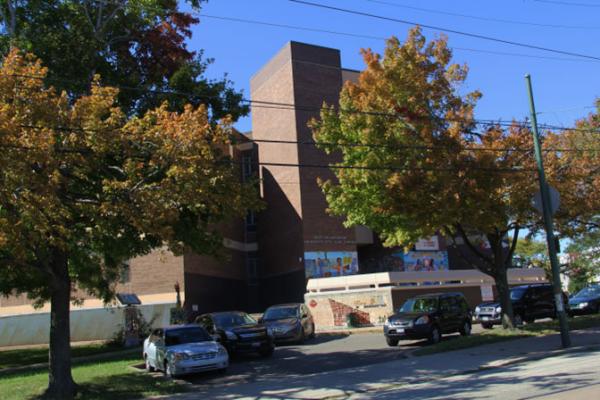
University City High School was built on land that was once the heart of the Black Bottom. It stood adjacent to the University City Science Center in Unit 3 and operated fitfully, from 1972 to 2013, as a comprehensive (general) high school in the chronically stressed School District of...
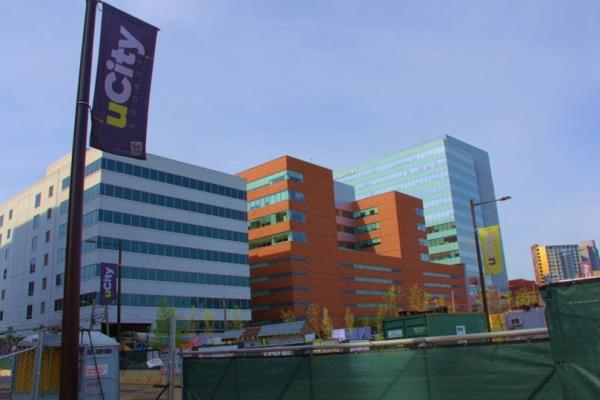
Postwar urban renewal built the University City Science Center and forced the dispossession of working class and working poor African American residents in West Philadelphia’s Black Bottom. For nearly 60 years, resentment over the Black Bottom removals has targeted the University of Pennsylvania...
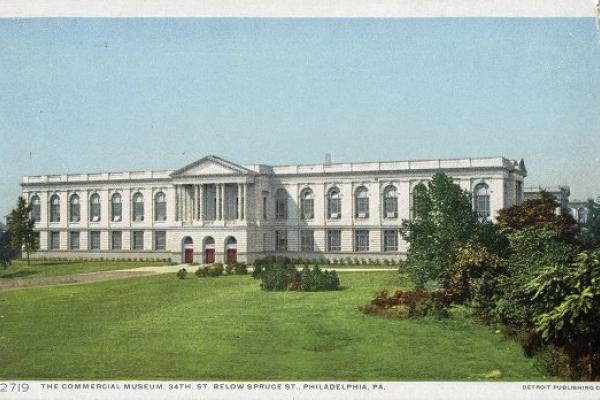
The Philadelphia Commercial Museum promoted the economic activities of Americans overseas through lavish exhibits and extensive libraries of information about markets, commodities, and economically relevant cultural practices abroad; its educational program served generations of twentieth...
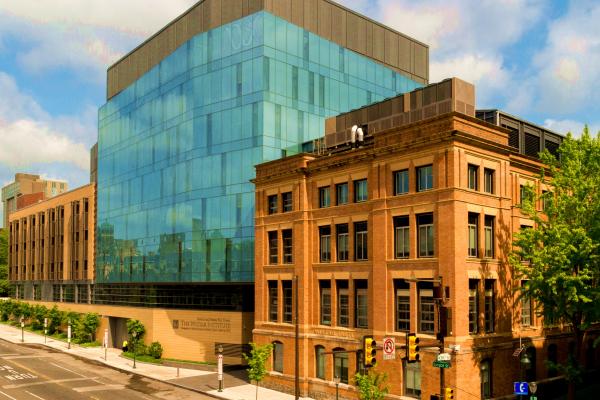
Constructed in 1894 on land acquired from the Blockley Almshouse, the Wistar Institute has evolved to become a world leader in biomedical research focusing on vaccines, immunology, and the genetic basis of cancer.
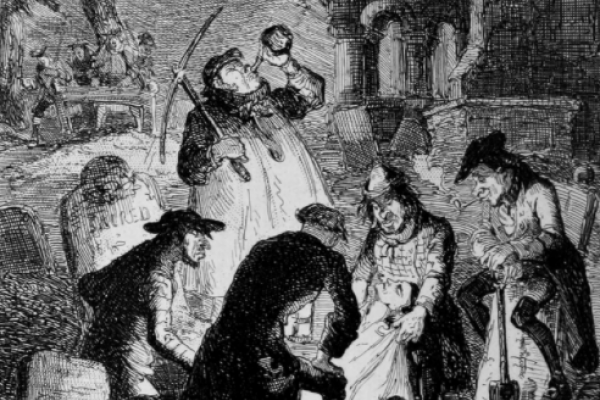
For its dissecting tables, the University of Pennsylvania Medical School purchased cadavers stolen from the grounds of the Blockley Almshouse.
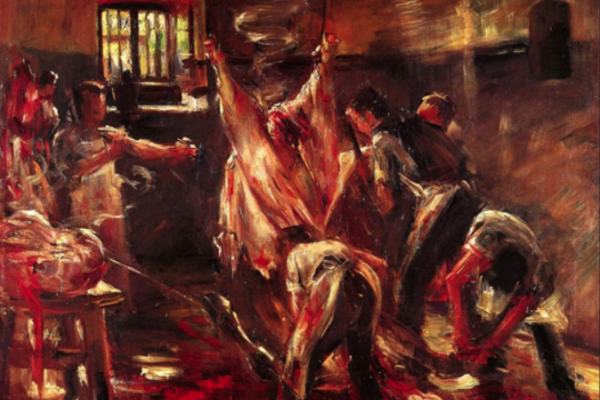
At the turn of the twentieth century, Philadelphia’s rogue abattoirs posed a major public health problem as purveyors of beef infected with bovine tuberculosis.
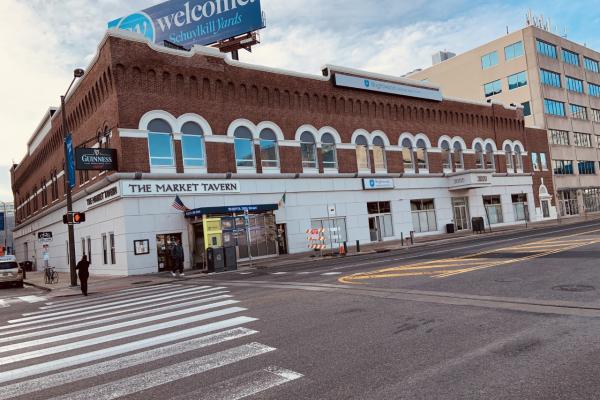
From 1908 the D.M. Martin operated a centralized, state-of-the-art, “all in one” slaughterhouse enterprise near 30th & Market St., catty-corner to the Pennsylvania Railroad’s Philadelphia Stockyards.
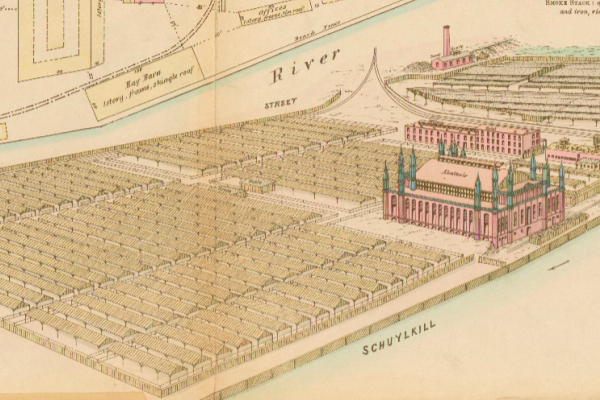
The Pennsylvania Railroad built a centralized 21-acre slaughterhouse complex on the west bank of the Schuylkill that operated from approximately 1877 to 1925.

In the late nineteenth century, the epicenter of the refrigerated “dressed” beef industry was the Union Stock Yards of Chicago.
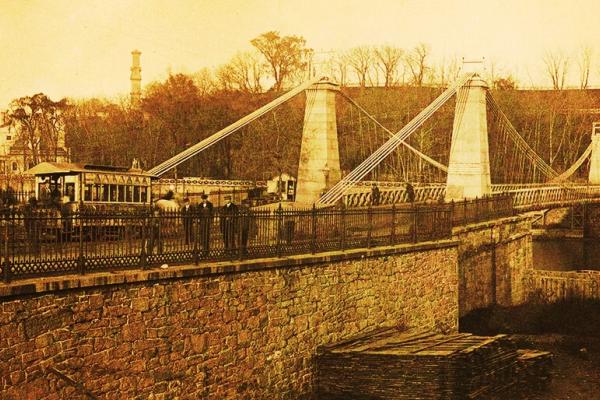
Ten bridges linked West Philadelphia to the central city in the second half of the 19th century.
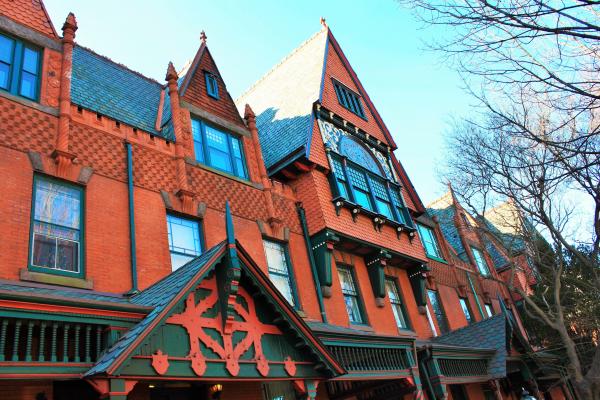
Transportation innovation and real estate development cumulated in the creation of a streetcar suburb in the city by the end of the 19th century. Part V highlights the diversity of architectural forms that characterized upper-middle-class houses around the University of Pennsylvania in the late-...
Transportation innovation and real estate development cumulated in the creation of a streetcar suburb in the city by the end of the 19th century. Part IV highlight owner-occupied mansions, among other developments.